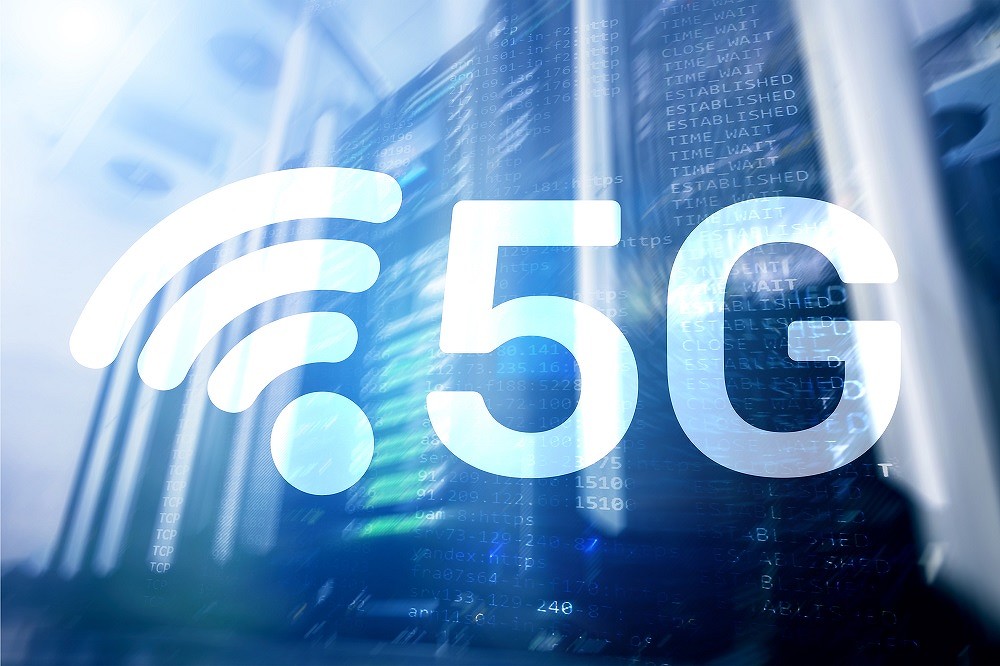Table of Contents
Introduction
5G, the fifth generation of mobile networks, signifies a significant leap in communications technology, promising to reshape how we connect and interact. Unlike its predecessor, 4G, 5G provides much higher speeds, reduced latency, and improved capacity. One of its paramount features is speed; 5G networks can support download speeds exceeding 10 Gbps, which is about 100 times faster than 4G LTE. This substantial enhancement translates into seamless video streaming, quick downloads, and an overall more exhilarating online gaming experience.
In addition to speed, 5G boasts remarkably reduced latency, reaching as low as 1 millisecond. This near-instantaneous communication is crucial for applications that require real-time feedback, such as remote surgeries conducted by doctors or the operation of autonomous vehicles. Such advancements in latency will not only enhance personal communications but also revolutionize critical sectors such as healthcare and transportation.
Furthermore,5G networks offer unprecedented connectivity density. Capable of connecting up to 1 million devices per square kilometer, 5G is ideally suited for the Internet of Things (IoT), enabling smart cities and homes where various devices and sensors work in unison. Understanding these foundational aspects of 5G technology helps to illuminate the multitude of ways in which it will transform both communication and connectivity.
Impacts on Mobile Communication
5G technology is set to redefine mobile communication by greatly enhancing the quality and efficiency of services available to consumers. One significant advantage is the improvement in voice and video calls. With higher data rates that reduce buffering times and enhance clarity, users will enjoy exceptional communication experiences. Video conferencing applications, essential for remote work and social interaction, will benefit from these capabilities, allowing for smoother and more professional meetings.
The immersive world of augmented reality (AR) and virtual reality (VR) is also poised for remarkable growth thanks to 5G technology. The minimal latency and expansive bandwidth offered by 5G networks will enable developers to create more realistic and interactive experiences in gaming, education, and even remote training environments. For instance, medical students could participate in realistic surgical simulations, providing them with practical experience without any risks involved.
Moreover, 5G will significantly enhance IoT integration, allowing homes, appliances, vehicles, and infrastructure to communicate effectively and in real-time. The rise of smart homes and smart cities will lead to increased energy efficiency and improved public safety. As companies harness 5G for mobile communication, they can expect not only improved customer satisfaction due to faster response times and high-quality interactions but also the ability to accommodate a greater number of concurrent users without performance degradation.
Read Also: The Impact of 5G on Future Connectivity: Expectations and Reality
Revolutionizing Data Transfer and Bandwidth
Data transfer and bandwidth are crucial components in the world of communication technology. The arrival of 5G is set to bring remarkable changes to this field. Significantly increased bandwidth capabilities will enable the seamless streaming of ultra-high-definition content, such as 4K and even 8K video. This enhanced capability will not only benefit individual users but will also impact various sectors, such as entertainment and education, where high-quality content is paramount.
Moreover, real-time content sharing will become more efficient and effective with 5G technology. For example, event organizers could livestream concerts or conferences in ultra-high definition, bringing participants from around the world together without sacrificing video quality. In educational environments, teachers can utilize immersive tools that enhance learning experiences, fostering more interactive classrooms. These innovative possibilities will change how we consume and share content.
Furthermore, 5G’s efficient data handling capabilities will allow for improved analytics and machine learning applications. Businesses can analyze vast amounts of data in real-time, deriving essential insights and driving strategic decisions. For instance, retail businesses can monitor customer behavior in-store through connected devices, gathering data that informs stock management and personalized marketing strategies. As a result, industries will become more agile, adapting swiftly to changing consumer demands.
Conclusion
The arrival of 5G technology is set to usher in an era of unparalleled transformation in communication and connectivity. With higher speeds, reduced latencies, and remarkable capacity, 5G will redefine mobile communication, enhance data transfer, and facilitate an interconnected world. From improving personal communication experiences to revolutionizing sectors such as healthcare, education, and entertainment, the implications of 5G are profound. As we continue to explore the possibilities, it becomes clear that 5G is not merely a technological upgrade; it is a transformative force that will reshape the very fabric of our interconnected lives.
FAQs
1. What is 5G technology?
5G technology, known as the fifth generation of wireless systems, provides faster speeds, reduced latency, and improved capacity compared to previous generations. It enables quicker downloads and smooth streaming while facilitating connections for a vast number of devices simultaneously.
2. How will 5G improve mobile communication?
5G improves mobile communication by enhancing call quality and video conferencing capabilities, allowing for clearer, buffer-free interactions. It also enables richer AR and VR experiences and integrates IoT devices seamlessly, enhancing overall user satisfaction and efficiency.
3. What are the potential applications of 5G?
Potential applications of 5G technology include real-time remote surgeries, autonomous vehicles, smart homes and cities, ultra-high-definition content streaming, advanced analytics in businesses, and immersive educational experiences.
4. How will 5G impact industries like healthcare and entertainment?
In healthcare, the low-latency features of 5G can facilitate remote surgeries and continuous patient monitoring. In entertainment, it will enable the streaming of high-definition content and foster engaging interactive experiences, revolutionizing how users perceive and interact with media.
5. When will 5G be widely available?
5G networks are being rolled out, and several urban areas already have 5G coverage. The timeline for widespread availability varies by region, but the technology is expected to become increasingly accessible over the next few years, transforming connectivity on a global scale.
For further insights into the implications of 5G technology and real-life applications, visit renowned sources like GSMA and Qualcomm.





